
My colleague Yuri Victor accidentally found himself at the center of a PR battle after he tweeted a screenshot of the Netflix app blaming Verizon for the poor quality of Yuri's Netflix streaming.
Oh snap, netflix. pic.twitter.com/wMfavoHOyj
— Yuri Victor ♥ (@yurivictor) June 4, 2014
The accusation provoked an angry response from Verizon, who insists that Netflix, not Verizon, is to blame for the poor performance of Netflix streaming on its network:
The source of the problem is almost certainly NOT congestion in Verizon’s network. Instead, the problem is most likely congestion on the connection that Netflix has chosen to use to reach Verizon’s network.
At first glance, this seems like a he-said, she-said situation. Verizon says it's Netflix's fault. Netflix says it's Verizon's fault. How is an ordinary user to tell who's telling the truth?
But while this is ultimately a business dispute, the two sides aren't equally guilty. Verizon is to blame for the poor quality of Netflix streaming. Verizon has made a business decision to use its own customers' poor experience as leverage to get more cash out of Netflix. If Verizon were more focused on making sure its customers had a good experience, they'd be having a better experience.
How Verizon wants to change the internet
I've written before about the traditional model for internet connection, known in telecom jargon as "bill and keep." Under this model, the ISPs at each end of the connection charge their own customers for connectivity and then do what it takes to reach the network on the other end. For example, Verizon would charge consumers for connectivity, while Netflix would pay for the costs of getting traffic to Verizon's network.
Sometimes, that will mean directly connecting two edge networks together. But more often, it involves paying third parties to provide "transit," the service of carrying traffic from one network to another. Netflix has paid companies such as Cogent and Level 3 to deliver its content to the networks of ISPs such as Comcast and Verizon.
Verizon is effectively using its own customers' poor experience as leverage
The key feature of this network structure is that an ISP at one end of a network connection never demands that a network at the other end pay it to deliver traffic. Until recently, it was unheard of for Comcast or Verizon to demand tolls from Google or Netflix to deliver content to their own customers.
This rule has a huge advantage: if edge networks are never able to charge other edge networks to deliver traffic, they never have an incentive to degrade the quality of service in order to get bigger payments. Each ISP gets all of its money from its own customers, and so each ISP is focused on keeping its own customers happy.
Which brings us to Verizon. Verizon's customers have paid Verizon for the service of delivering content to them. But rather than simply performing the service Verizon's customers have paid it to perform, Verizon sees an opportunity to get paid twice: in addition to charging its own customers for connectivity, Verizon hopes to also charge Netflix to deliver its content to those customers.
Verizon is effectively using its own customers' poor experience as leverage. Verizon has been threatening Netflix that if they don't pay up, Netflix customers (who are also Verizon customers) will get frustrated and cancel their Netflix service. Of course, that threat is a lot more powerful because most customers don't have many alternatives to Verizon service.
The problem with traffic ratios
Verizon and other big ISPs have come up with a creative rationale for charging content companies like Netflix money. Verizon says it won't deliver Netflix's traffic for free because its traffic with Netflix is "unbalanced" — that is, Netflix sends more traffic to Verizon than Verizon sends to Netflix.
But this argument doesn't make sense. Verizon customers aren't just paying Verizon to send traffic to Netflix, they're also paying Verizon to deliver Netflix (and other) traffic to them. And there's no reason to think that carrying traffic from Netflix to Verizon customers is more expensive than carrying traffic in the other direction.
Indeed, there's a simple reason that Verizon's network receives more traffic than it transmits: that's how Verizon set it up. All of Verizon's standard FiOS packages provide dramatically more bandwidth for downloading than uploading. The entry-level service, for example, is 15 Mbps downstream and 5 Mbps upstream. The fastest package is even more lopsided: 500 Mbps downstream and 100 Mbps upstream. If Verizon builds a network that's optimized for downloading, it can't complain that its customers use it to download stuff.
But as long as Verizon and other big ISPs are demanding payment to deliver content to their own customers, this kind of standoff is inevitable. The ISPs will always be demanding bigger tolls and the content companies will be looking for ways to save money. The result will be a network that's constantly plagued by congestion, as companies squabble over the size of the toll.
In contrast, a bill-and-keep regime gives everyone an incentive to focus on improving network performance. If Verizon only gets paid by its own customers, then it would have an incentive to make the network work as well as possible in order to keep its customers happy.

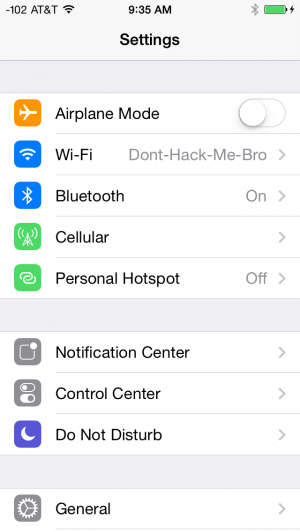
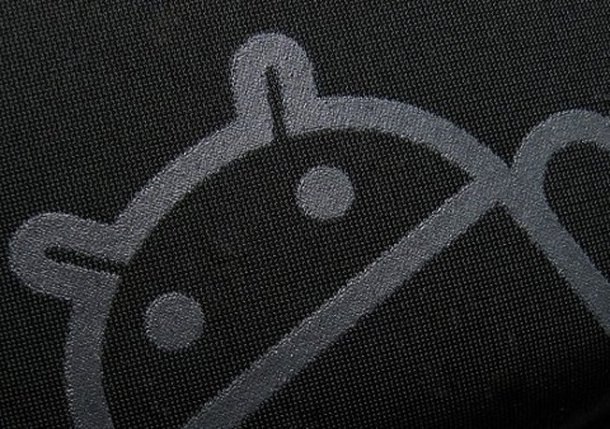



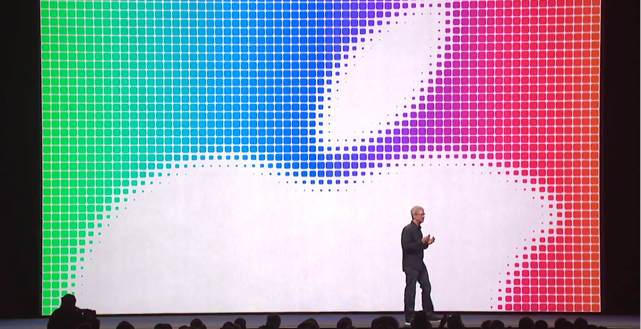 In my post-Apple-WWDC-keynote haze, I did what I usually do after a big Apple event: I read anything and everything I could regarding the event. Analysis, rundowns, roundups, and galleries are all fair game, and to my surprise the general consensus...
In my post-Apple-WWDC-keynote haze, I did what I usually do after a big Apple event: I read anything and everything I could regarding the event. Analysis, rundowns, roundups, and galleries are all fair game, and to my surprise the general consensus...

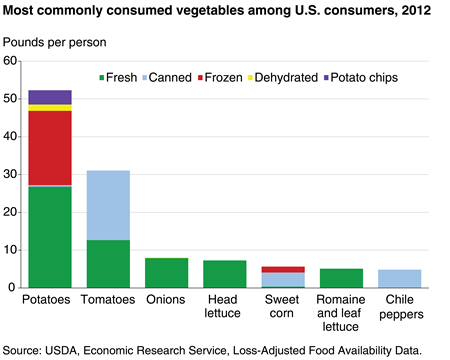
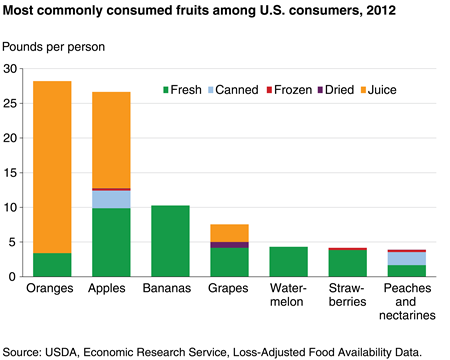
 American sugar consumption is significantly down in the last decade. In 1999, Americans each consumed 160.9 pounds of caloric sweeteners, but in 2012 that number dropped to 138.9.
American sugar consumption is significantly down in the last decade. In 1999, Americans each consumed 160.9 pounds of caloric sweeteners, but in 2012 that number dropped to 138.9.





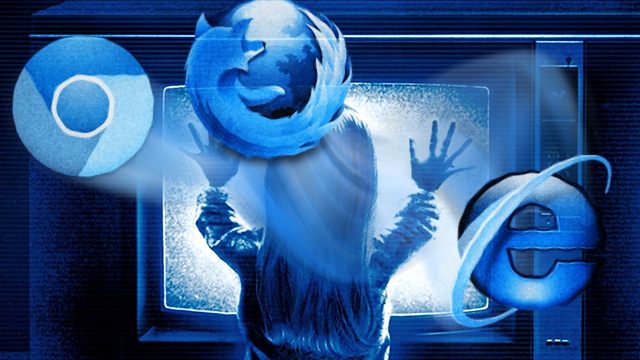

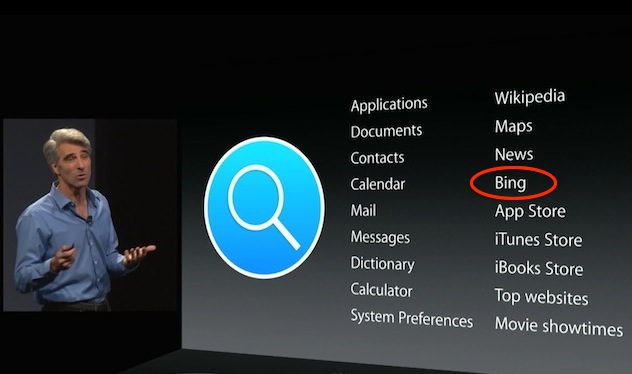 While Google is the 800-pound gorilla when it comes to search, Apple is becoming increasingly flirtatious with Microsoft's Bing.
While it wasn't necessarily clear during Monday's keynote, Microsoft has since confirmed that Bing will be the default...
While Google is the 800-pound gorilla when it comes to search, Apple is becoming increasingly flirtatious with Microsoft's Bing.
While it wasn't necessarily clear during Monday's keynote, Microsoft has since confirmed that Bing will be the default...



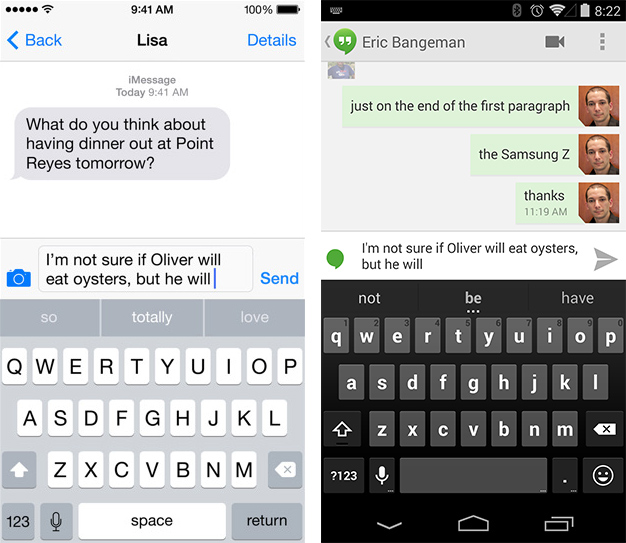
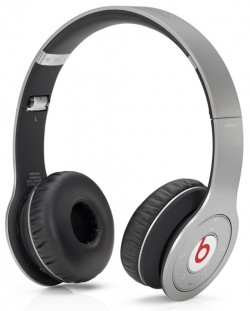
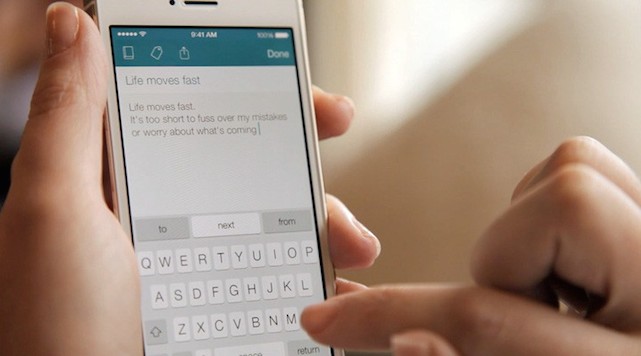 SwiftKey has confirmed they are going to release an official iOS version on iOS 8, as reported by ZDnet.
In a blog post today, Ben Medlock and Jon Reynolds (SwiftKey's co-founders) stated that since iOS 8 will officially support third-party...
SwiftKey has confirmed they are going to release an official iOS version on iOS 8, as reported by ZDnet.
In a blog post today, Ben Medlock and Jon Reynolds (SwiftKey's co-founders) stated that since iOS 8 will officially support third-party...
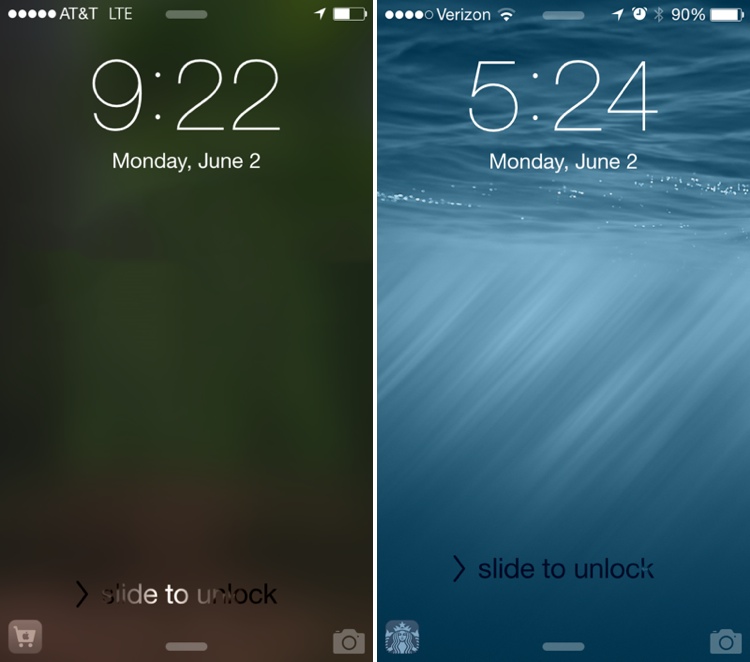
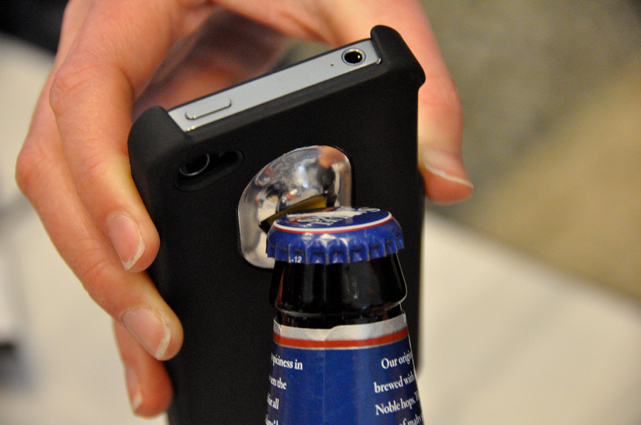 There are worse ways to crack open a cold brew. I probably wouldn't use one of these cases myself, but if that's your thing, it's good to know it's available.
We've covered some of these brewski-crackers before: Opena Case and a Mophie iPod case...
There are worse ways to crack open a cold brew. I probably wouldn't use one of these cases myself, but if that's your thing, it's good to know it's available.
We've covered some of these brewski-crackers before: Opena Case and a Mophie iPod case...


